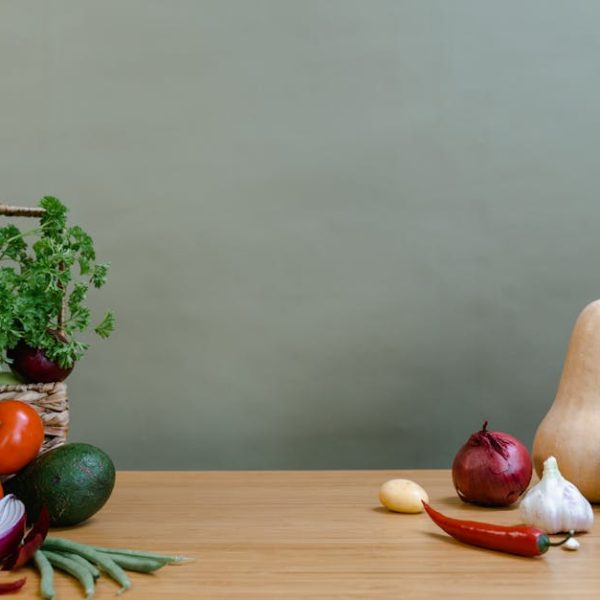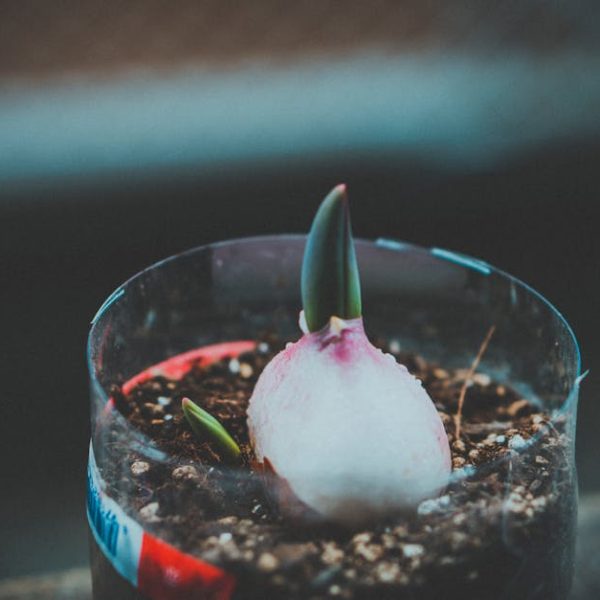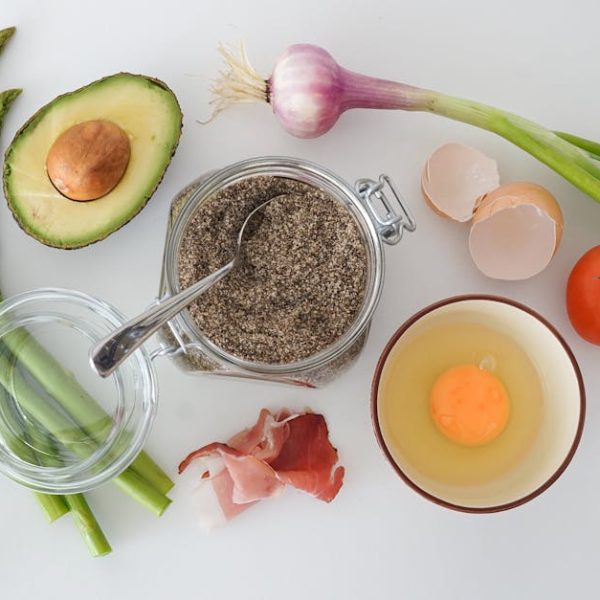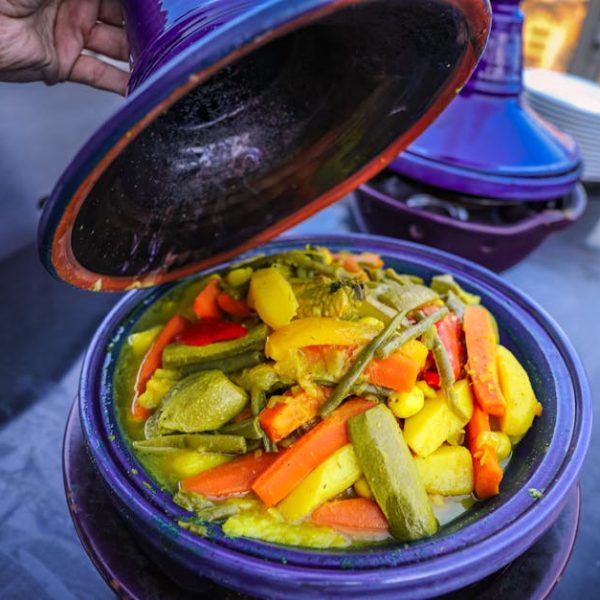You’ve surely experienced the disappointment of opening an avocado you’ve been patiently waiting to ripen only to find it’s gone from hard to overripe and stringy. So, how long do avocados actually last? And what steps can we take to prolong their shelf life?
Understanding An Avocado’s Shelf Life
When it comes to pinpointing the exact lifespan of an avocado, factors such as when it was picked and whether it is ripe play a crucial role. Unpicked avocados can stay on the tree for quite some time. However, once plucked, a ripe avocado typically lasts between 3 – 4 days before it becomes overripe and possibly unusable.
Several factors influence an avocado’s longevity, including storage methods and ambient temperature. But don’t fret about keeping track of all those variables–your senses are a reliable tool when checking avocados. Overripe or spoiled avocados exhibit distinct tell-tale signs:
- Dark or sunken skin
- Mushy or overly soft flesh
- Strong, sour smell and taste
✅ Pro Tip: Cutting an avocado only to find brown flesh? Sprinkle a little lemon juice on it. The citric acid will slow down the oxidation process, reducing the browning!
Preserving Avocados Before They Ripen
Sometimes, having an avocado ripen slower can be beneficial–especially when you don’t immediately need it for your guacamole or avocado toast. Avocados ripen more slowly at colder temperatures, so storing them in the fridge can indeed prolong their unripe stage.
Here’s a comparison of the ripening speed in common storage locations:
| Location | Ripening Speed |
|---|---|
| Fridge | Slow |
| Pantry | Medium |
| In a paper bag with fruit | Fast |
When it comes to handling avocados, it’s crucial to avoid damaging the fruit’s skin as it serves as a natural barrier against early spoilage. So, here are some steps for proper avocado storage:
1. Choose firm, unripe avocados for long-term storage.
2. Avoid avocados with cracks or dents in the skin.
3. Keep the avocados in the fridge to slow down the ripening process.
4. If you want them to ripen faster, place them in a paper bag together with an apple or a banana. These fruits release ethylene gas, a natural ripening agent.
These might seem like simple steps, but they can go a long way towards prolonging the freshness of your avocados.
How to Store Ripe Avocados for Maximum Freshness
Ripe avocados are at their peak, offering the perfect texture and taste for your favorite dishes. But they can become overripe in a matter of days if not stored optimally. Your storage solution should aim to slow down the ripening process without compromising the avocado’s quality.
Storing ripe avocados in the fridge slows down the ripening process, giving you an extra 2 – 3 days before they turn overripe. Alternatively, you can store ripe avocados in the pantry if you’re planning to consume them within a day or two.
Here are the pros and cons of common storage methods for ripe avocados:
| Storage Method | Pros | Cons |
|---|---|---|
| Fridge | Slows ripening, extends shelf life | Possibly changes texture if kept for too long |
| Pantry | Keeps texture and taste | Ripens quickly, can become overripe |
✅ Pro Tip: How to manage cut avocados? Sprinkle the exposed flesh with lemon juice or vinegar to prevent browning and wrap it tightly in cling film before refrigerating.
Freezing Avocados to Extend Their Shelf Life
Want to stock up on avocados for longer? Consider freezing them! Freezing halts the ripening process entirely, extending the avocado’s shelf life for several months. However, the thawing process can slightly alter the texture of avocados, making them ideal for cooked dishes or blended recipes like smoothies but less perfect for fresh salads or guacamole.
Here’s how to freeze avocados correctly:
1. Cut the avocado in half and remove the pit.
2. Scoop out the flesh with a spoon and mash it until smooth.
3. Add a bit of lemon juice to prevent browning.
4. Put the mashed avocado in a freezer-safe bag, removing the air before sealing.
5. Label the bag with the date and store it in the freezer.
Avoid these common freezing errors:
- Do not freeze whole or sliced avocados as it can affect the texture more drastically.
- Do not store the frozen avocado for more than six months for the best quality.
- Do not thaw the avocado in the microwave or in hot water to preserve texture.
When using frozen avocados, remember to thaw them in the refrigerator for about 24 hours for the best texture.
Maximizing the Use of Overripe Avocados
Overripe avocados may have lost their appeal for fresh consumption, but they can still be used in various ways! They become softer and creamier, making them great for smoothies, face masks, or hair treatments.
Here are some pros and cons of using overripe avocados:
| Usage | Pros | Cons |
|---|---|---|
| Smoothies | Provides creaminess, additional nutrients | Can overpower other flavors |
| Face/Hair masks | Natural, enriches with healthy fats and vitamins | Can be messy |
✅ Pro Tip: Overripe doesn’t mean spoiled! If your avocado has just started to brown, you can scrape off the discolored layer and use the rest without a problem. However, if it has a sour smell, a change in taste, or visible mold, it’s better to discard it.
Conclusion
Avocados are a terrific source of nutrient-dense calories, but managing their ripeness can be tricky. With the correct storage techniques, you can enjoy ripe avocados for a few days longer or even freeze them for months! While nothing beats a freshly ripe avocado, these tips can help you make the most out of every avocado you buy. Happy avocado storing!
Key Takeaway:
- The lifespan of avocados is influenced by factors such as when it was picked and it’s stage (ripe or unripe), typically lasting between 3 – 4 days once ripe.
- Storing avocados in proper conditions can optimize their shelf life- unripe avocados can be stored in the fridge to slow down ripening, while ripe ones can remain fresh for 2 – 3 extra days.
- Freezing avocados is a viable option to extend their shelf life up to several months, provided they are prepared and thawed correctly.
- Overripe avocados, while not ideal for raw consumption, can still be leveraged in several cooking and skincare applications.
Despite the tricky nature of managing avocados, knowing the right storage techniques can ensure you get the most out of them. Be it making a delicious toast, a refreshing smoothie, or even a nourishing skin mask, go ahead and enjoy your avocados at their best!
FAQs
Q: What if I cut open an avocado and it’s not fully ripe yet, can I still store it?
A: Yes, you can. Cover the cut surface with lemon juice or vinegar to prevent browning. Then wrap it tightly in cling film and store it in the refrigerator.
Q: Can frozen avocados be used for any type of dish?
A: Avocados that have been frozen and thawed are generally best for cooked dishes or blended into smoothies, as the texture change is less noticeable.
Q: If my avocado is starting to brown, is it still safe to eat?
A: A small amount of browning isn’t a cause for concern and you can simply scrape it off before eating. However, if it looks or smells off, discard it.
Q: How can I speed up the ripening process of an avocado?
A: Placing avocados in a paper bag with an apple or a banana can speed up ripening, thanks to the ethylene gas these fruits release.
Q: Do avocados need to be stored in a particular way if I’m using them in a couple of days?
A: Ripe avocados can be stored in the pantry if you’re planning to use them within a day or two. If you want an extra couple of days, storing them in the fridge extends their freshness.
Don’t forget to share this article with your fellows and explore more posts for valuable information!






